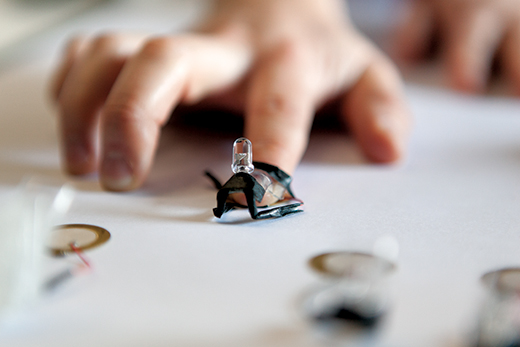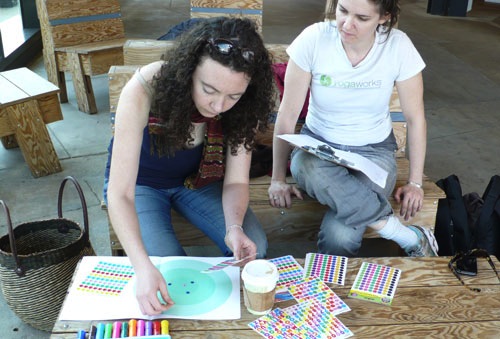
Media Design Practices students Kristina Ortega and Jenny Rodenhouse’s Wearable Services, created by the Intel-funded Connected Bodies course. Photo by Stella Kalinina
From business ventures to social justice, cultural research to experimental mediums, transportation systems to spatial experiences, Art Center’s renowned graduate programs offer designers and artists exceptional opportunities to create unique and personal career and life paths.
For the recently released 2015–16 Viewbook, Art Center Provost Fred Fehlau invited leaders from the College’s six graduate programs—Art, Environmental Design, Film, Industrial Design, Media Design Practices, and Transportation Systems and Design—to offer their perspectives on the current state of their fields, and what it means for prospective graduate students.

